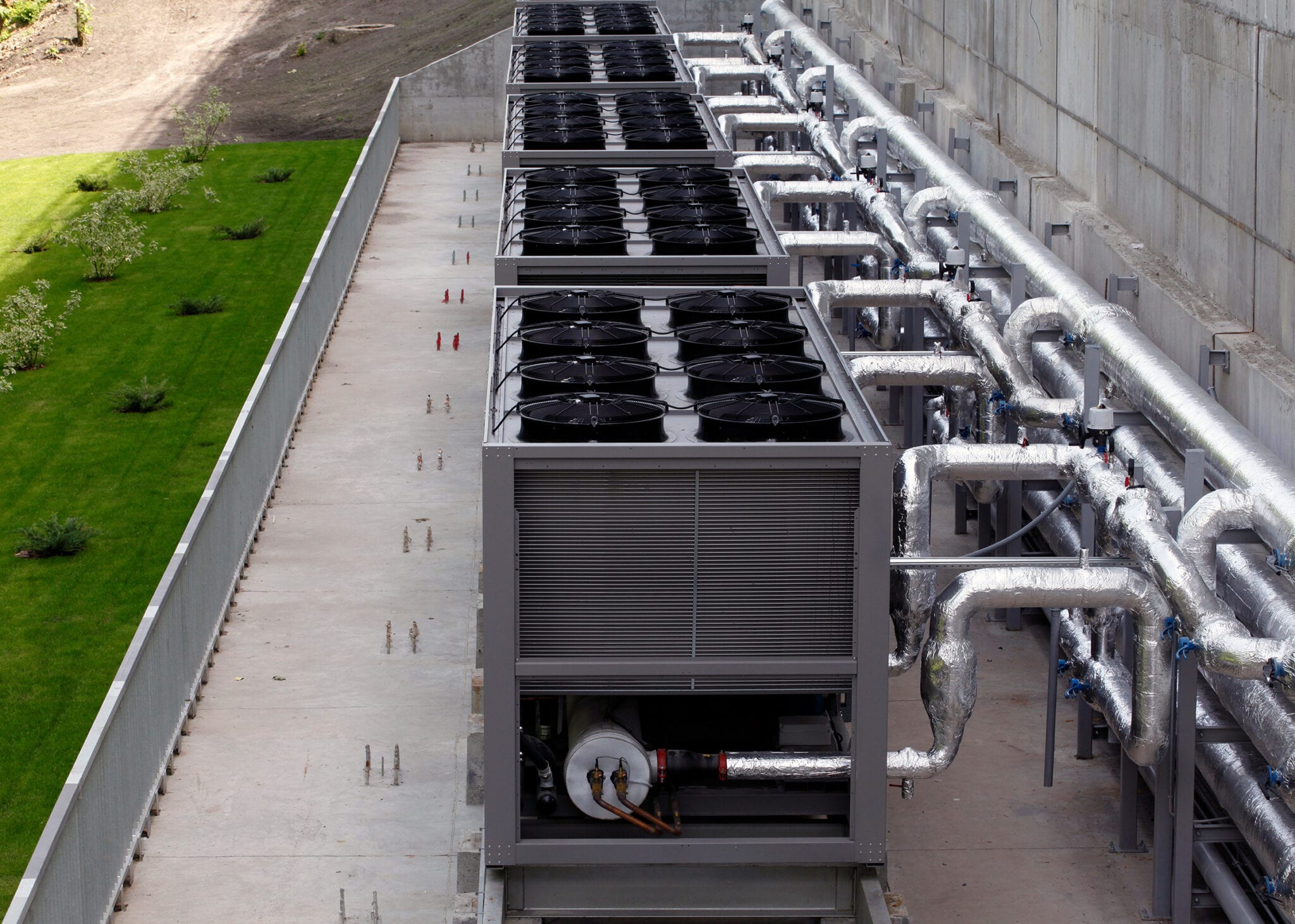Custom Tailored Cooling for Your Data Center Cooling Needs
Industry experts agree that data center cooling can represent 30-55% of the total cost of running a data center. If cooling is ineffective or improperly set up, companies may end up spending more on powering and cooling their data centers than they did on the equipment itself!
Clearly, getting data center cooling right is an important task – but where do you begin and how can you explore your options to reduce your spending?
Donwil has the perfect tool to assist you in your cooling optimization project: the Thermal Management Selection Tool, in which you select your top cooling system features to get tailored recommendations for your needs. Access the Thermal Management Selection Tool now(no email address required).
How to Use the Thermal Management Selection Tool from Donwil
As you can see, the Thermal Management Selection Tool offers a range of cooling options and features along the left-hand side of the page, but it may be difficult to determine which selections apply to your company if you’re new to the data center cooling world.
Here is your cheat sheet, so you know how to best navigate the Thermal Management Selection Tool and get the answers that matter to your business.
What is…?
- Air cooled free cooling chiller – “Free cooling” refers to energy-efficient cooling solutions that draw on ambient cold environments to reduce your cooling costs significantly. In this case, it refers to a system that uses cold outdoor air to cool the chiller, which reduces a lot of the energy load. (Note that “free” cooling systems aren’t 100% free, even in the winter, because they still use power for pumps and fans.)
- Custom air handling unit – If nothing else on this list sounds like the ideal solution for your data center cooling needs, custom air handling will take care of those tricky cooling quandaries.
- Heat rejection – refrigerant and glycol systems – “Heat rejection” is the task of removing heated air that has already passed through your equipment. Heat rejection will be a feature of all good cooling solutions, but refrigerant and glycol systems will be especially efficient at this task and are therefore a great solution for data centers with high availability needs (and, therefore, a lot of constantly heated air). Glycol is a refrigerant composed of water + ethylene glycol that collects heat and moves it far away from your server room while new, cold air comes in to replace the heated air.
- High density modular point of use cooling – An alternative for high density setups where hot and cold aisles with in-row cooling are not a practical option, or in which the hot and cold aisles need to be supplemented with additional cooling. High density modular point of use systems can be directed precisely at an area needing to be cooled by hooking directly onto the rack or into an existing water chilling system.
- Large room cooling – A large room will be anything larger than 500 square feet.
- Self-contained rack / cabinet cooling – Self-contained systems are all-in-one solutions that include integrated heat rejection. They are typically easy to install and they save space, which makes them a good fit for smaller server rooms or enclosed areas.
- Small room cooling and in-row cooling – In-row cooling is used in hot and cold aisle setups to direct hot and cold air where it is supposed to go. These data center cooling systems are known as “in-row” because they literally go in your row, right between your server racks. Small rooms are defined as anything less than 250 square feet.
- Cooling capacity range – This metric is typically determined by a cooling expert, who will assess your total square footage, your building insulation, your heat load, your airflow, your existing systems, and natural cooling factors (if any).
Don’t worry about the Cooling Capacity Units section; it will automatically fill in the right answer for you as you make your selection.
In the Cooling Type, select whether you would like air chilling, water chilling, glycol chilling (a refrigerant), evaporative (reduces ambient humidity), or refrigerant chilling. DX stands for Direct Expansion systems, which are complete solutions that do not require additional equipment.
For your Mounting Range, select where you would like your data center cooling system to be located. Your options include the ceiling, the floor, outdoors, on the wall, directly on the server rack door, or in-row, which means the cooling system would be installed between racks in the row itself. A self-contained enclosure will be an all-in-one unit, and downflow and upflow refer to the direction the cooled air enters your server room or data center. A downflow unit will send the air down from the cooling unit, and an upflow will send the air up from the bottom of a rack or from the floor.
Are You Ready to Find Your Custom Data Center Cooling Solution?
Try Out the Thermal Management Selection Tool
Since 1965, Donwil has been the team to trust for sales backed by responsive and reliable service for enterprises that want to get the most from their critical business process power and cooling solutions. As the exclusive provider of Vertiv, Liebert, Starline, and Hitachi, Donwil delivers a range of critical services and solutions to keep organizations across Western Pennsylvania, Western Virginia, and Eastern Ohio always running.

